There Lavandula stoechas is a plant belonging to the family of Lamiaceae and is commonly known as wild lavender, steca or lavender of Spain. The name of the species, stoechasderives from the ancient nomenclature given by the Greeks to some islands near Marseille, the Stoechades Islands, where this herbal species grew luxuriantly.
The plant has always been used in folk medicine, herbal medicine and perfumery. Indeed, until the eighteenth century it was the most used species of lavender, although it was later supplanted by common lavender (Lavandula officinalis).
It is a very rustic plant that is well suited to growing in the garden. Let’s get to know better the botanical characteristics, the organic cultivation techniques, the properties and the uses.
Description of wild lavender
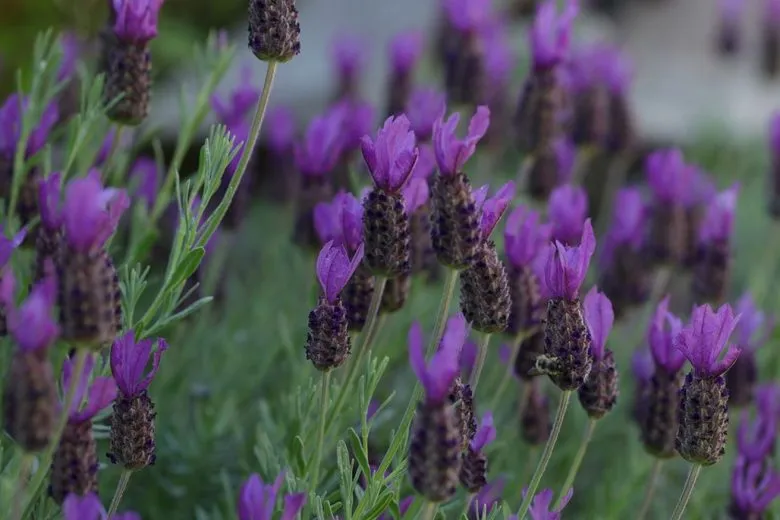
There Lavandula stoechas it is a perennial species that looks like a small evergreen suffrutice, varying in height from 30 to 120 cm in height.
The posture of the stems is erect and the color is greyish-glaucescent.
The branches are loose, densely leafy, with opposite arrangement. The young ones of the year have a tomentose surface. In the lower part, the branches lignify, with the bark appearing cracked and reddish-brown in color.
The wild lavender plant gives off a strong aromatic smell, with the scent reminiscent of both the delicate one of common lavender and the more pungent Rosemary.
Leaves
The leaves are opposite on the branches and sessile. They have a pubescent surface and are rich in glands containing essential oil. The leaf lamina is linear-lanceolate, 10-20 mm long, with reticulated veins on the underside and revolute margin on the edge.
Flowers
The wild lavender flowers appear at the apex of the branches, gathered in ovoid-shaped spikes from 20 to 35 mm long. Generally, they are surmounted by 4 typical petaloid violet bracts.
The calyx is gamosepalo, hairy-glandular, with 4 triangular teeth plus 1 ending in an obcordata appendix. The corolla is blue-violet (in many cultivars it is pink), with a hairy and glandular tube inside, with rounded lobes. The stamens are sessile, the ovary superior with a pinhead-shaped stylus.
The flowering period varies greatly depending on the climatic zone. It runs from January to June, but usually occurs in April-May.
The pollination of flowers is entomophilic, that is, operated by bees and other beneficial insects.
The flowers are rich in pollen and nectar, and this makes the plant have a certain importance in beekeeping.
Fruits
The fruit consists of 4 brown colored nuculae (tetrachenium), surrounded by a persistent calyx. Full seed maturity usually occurs in June and July.
Natural habitat of wild lavender
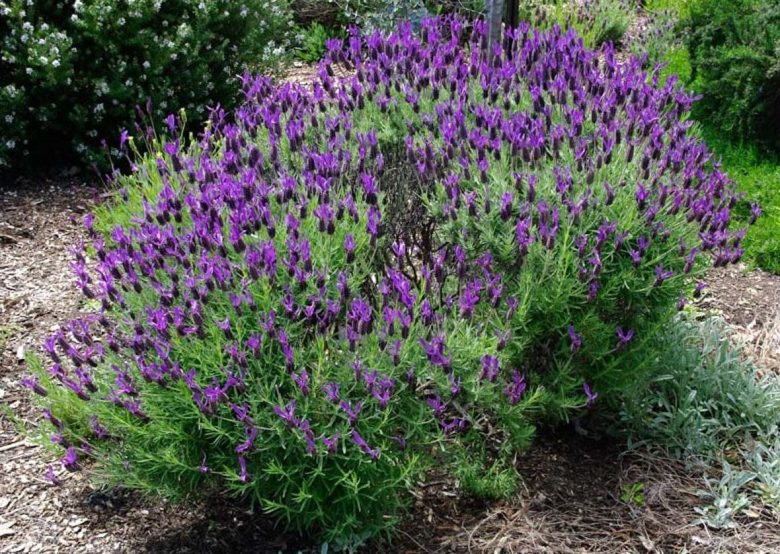
Wild lavender is a typical component of Mediterranean vegetation, widespread in the scrub and cistus garrigue. As a pioneer species it is common in land affected by fires. Where the vegetation is more evolved, however, it tends to regress. We find it from sea level up to 1000 m, especially along the coastal hills, where the climate is always mild.
In nature, the steca grows preferably on acid soils, more rarely in calcareous ones.
The varieties of Lavandula stoechas
As evidence of how much the cultivation of wild lavender is loved and widespread, we point out some varieties developed over the years by expert gardeners. These varieties are distinguished from the type species by their habit, the color of the flowers, the shape of the leaves and other characteristics.
Among the best known are the varieties: Genghel, Regal Splendor, Rocky Road And Snow Man.
How to grow wild lavender
There Lavandula stoechas, in addition to growing spontaneously, it is cultivated as an ornamental plant in gardens. It is a rustic and easy to care plant, excellent for creating flower beds and flower borders or for creating hedges of aromatic plants.
It can also be grown in pots.
Climate and terrain
Wild lavender does not suffer particularly from the cold, being able to withstand temperatures a few degrees below zero.
However, it prefers the warm climates typical of Mediterranean gardens. Cultivation in lowland areas affected by long periods of frost is not recommended.
It loves coarse and loose soils that do not cause water stagnation, with a good supply of organic matter and with subacid pH. It suffers from clayey and compact soils that do not drain water well.
Exposure
There Lavandula stoechas it is a heliophilic species, which means that it needs a lot of light. It is recommended to plant it in full sun.
It tolerates wind quite well, even brackish, so it is an ideal crop along the coasts.
Propagation from seed
Reproduction can occur primarily from seed, which the plant produces in abundance. These are very small seeds, which are preferably buried in autumn, using small pots filled equally with soil and peat. The pots should be kept protected from frost and the young seedlings kept in pots for the first year. Sowing can also be done at the end of winter, but paying more attention to wetting the soil. The seeds to start a cultivation there found in specialized stores.
Cutting
Another reproduction technique of wild lavender is the cutting. Semi-woody terminal portions, 5-10 cm long, are preferably used, taken between July and August from non-flowering branches.
Rooting must be done in containers of 10-12 cm in diameter and takes place in 8-10 weeks with excellent rooting rates. The important thing is to keep the substrate always well moist, the seedling away from direct sun, and periodically spray the aerial part.
The ideal substrate to make the cutting is the one composed of peat and perlite. In the early spring of the following year, the young steca plants can be planted in the garden or in a larger pot.
Irrigation
As mentioned, the Lavandula stoechas it is very rustic and requires little cultivation care. As for irrigation, it is advisable to intervene only in periods of severe drought and in any case to avoid excess water.
The situation is different for potted plants, which need more regular wetting.
Pruning of wild lavender
Wild lavender responds very well to pruning, which is carried out at the end of winter, before the vegetative restart.
The semi-woody branches can be cut, so that the plant emits new shoots giving rise to a compact and regularly distributed crown.
On lignified vegetation, drastic pruning determines a slower and sometimes irregular regrowth, but the recovery takes place without particular problems.
However, it should be emphasized that important cuts must be absolutely avoided after flowering, otherwise the survival of the plant is at risk.
Illnesses
The plants of Lavandula stoechas cultivated can be attacked by fungal pathogens, especially at the level of the collar and roots. Among the potential fungal diseases we point out: Armillaria mellea, Macrophomina phaseolina, Rosellinia necatrix And Phytophthora sp..
To prevent fungal problems, it is necessary to avoid stagnation of water due to excessive irrigation. Also be careful to use healthy soil.
Parasites
As for pests, wild lavender is susceptible to attacks by: oziorrinco (root system), chrysomela (leaves), white fly (fumaggine), red spider (leaves and flowers), aphids (leaves). For advice on biological control, please refer to the related insights.
Properties and uses of wild lavender
In the past, wild lavender was renowned for its excellent essential oil, which it came from used for various diseases. The plant has in fact expectorant, antispasmodic, laxative, disinfectant and stimulating properties. Today for these uses it has been replaced by the essential oil of Lavandula officinaliseasy to produce given the enormous extensions of lavender cultivated.
To date, steca oil is produced in more limited quantities in Spain and France and used above all in aromatherapy and perfumery.
Dried wild lavender can also be used in small bags to put in closets to perfume linen or as a moth-repellent.

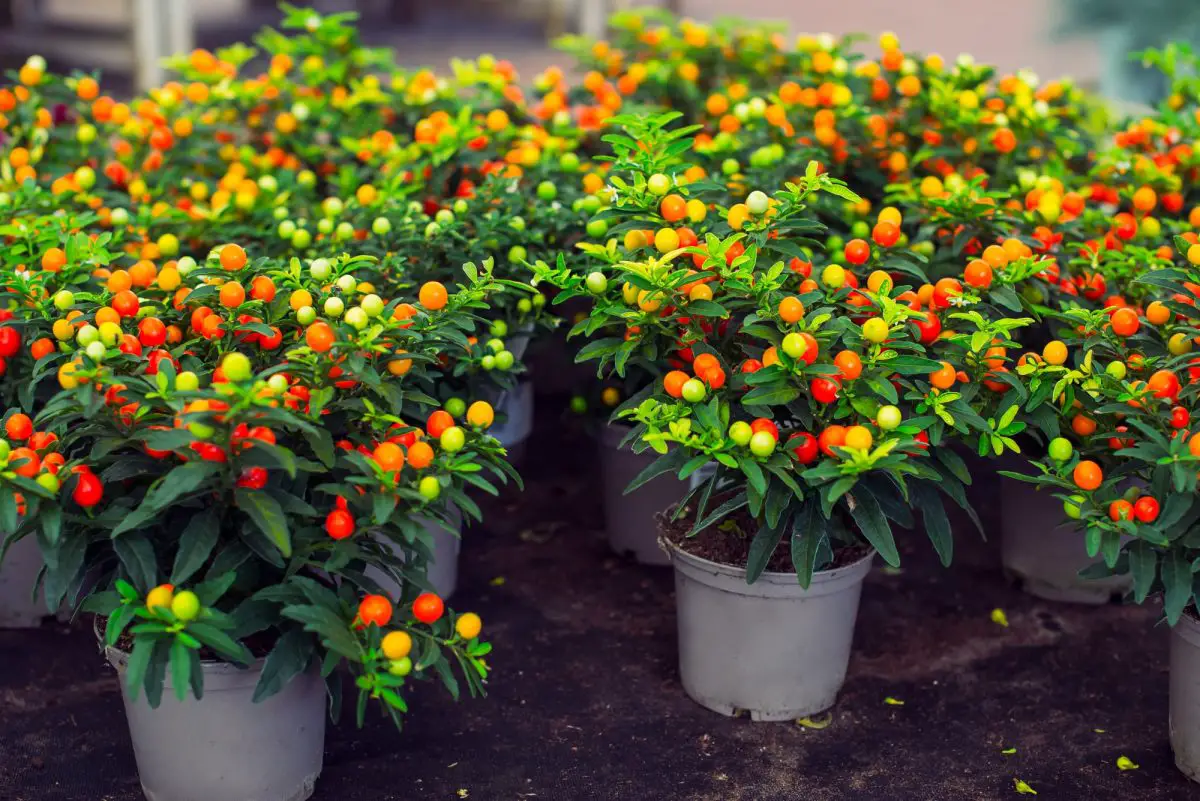
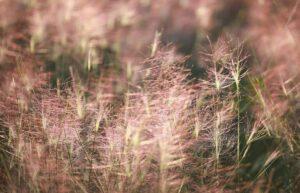
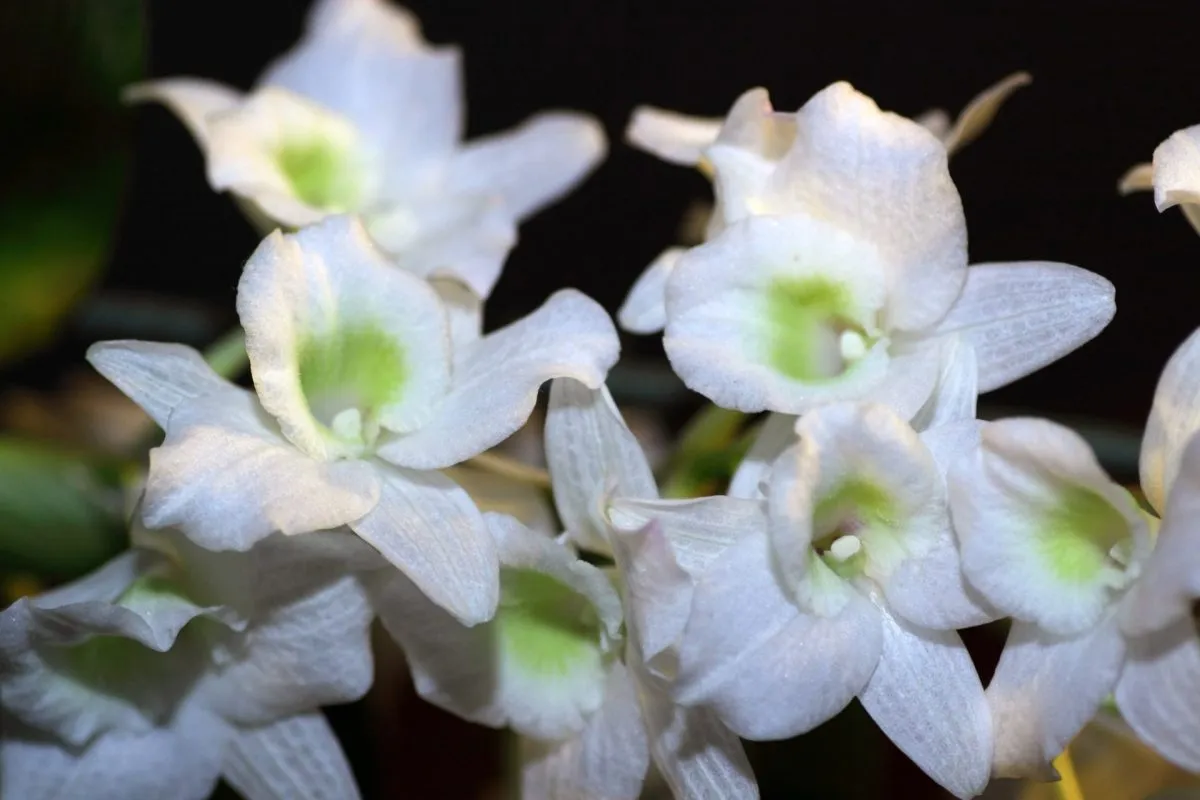
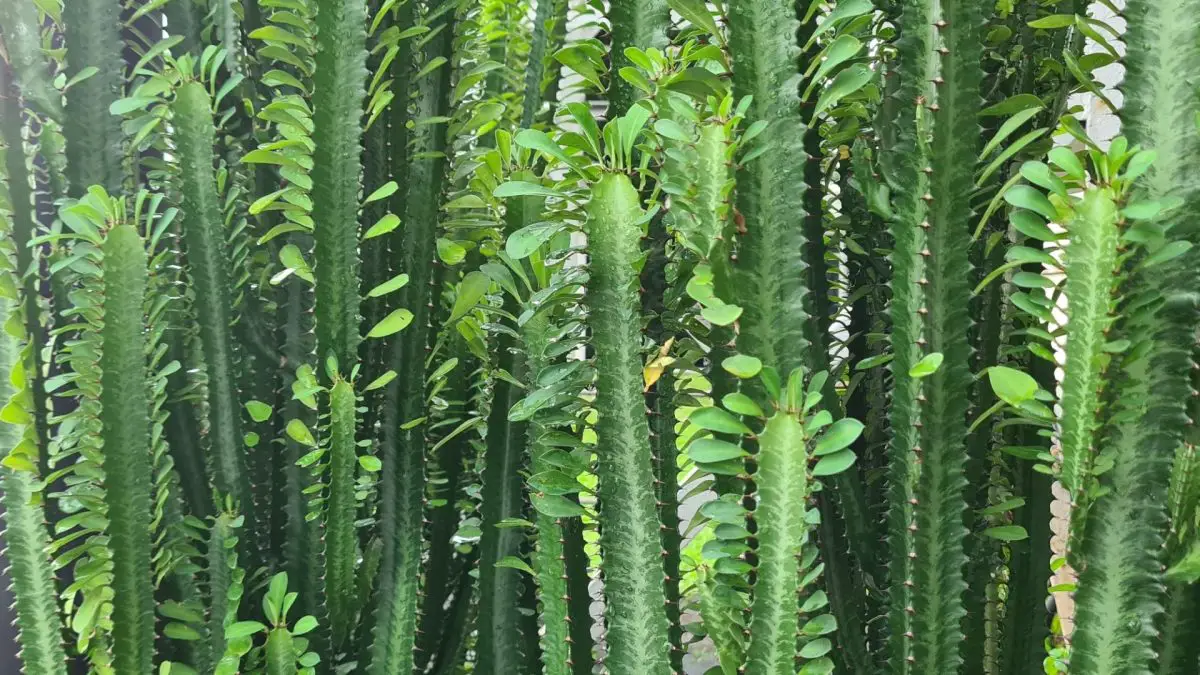
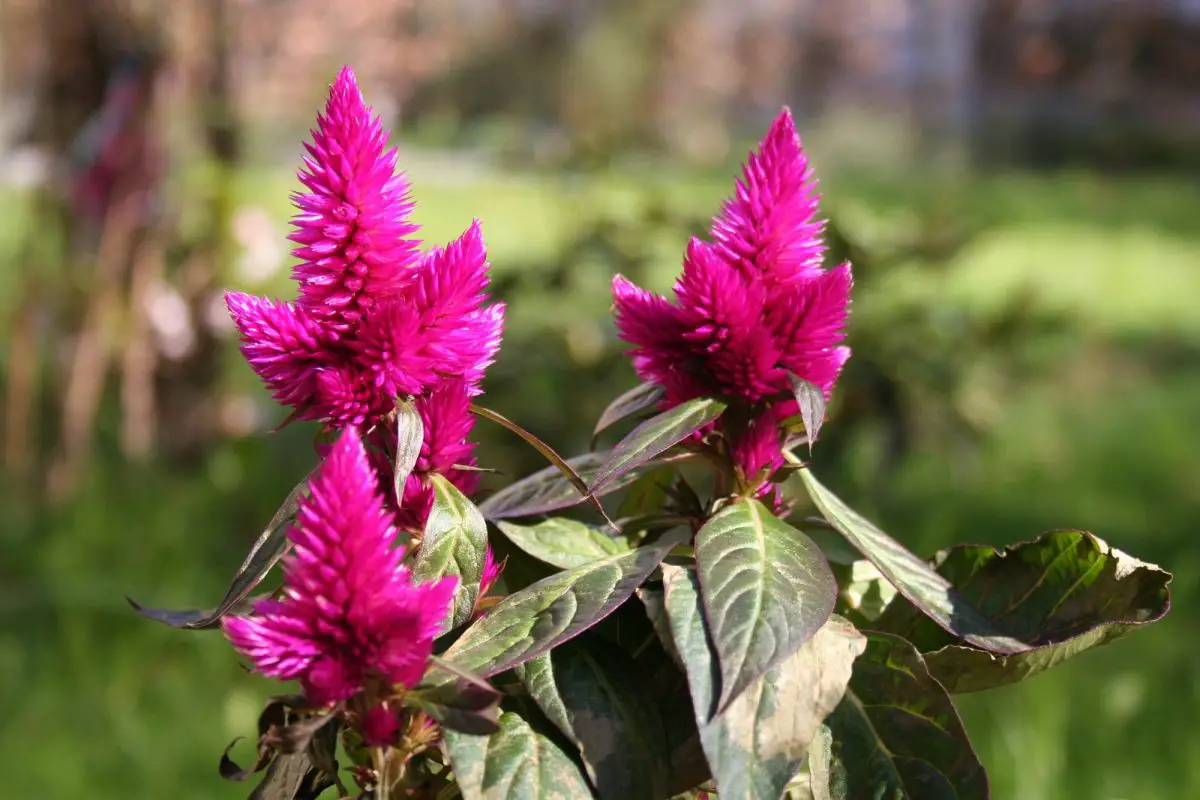
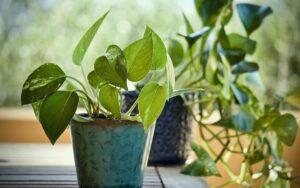
Start a new Thread